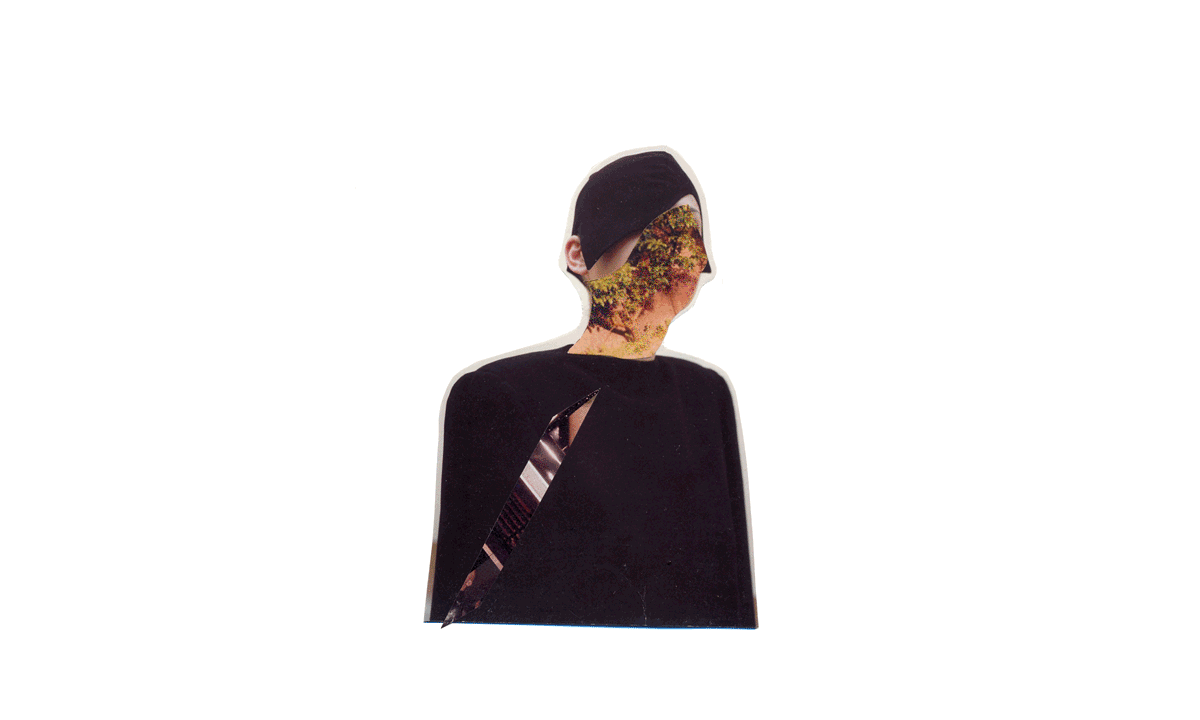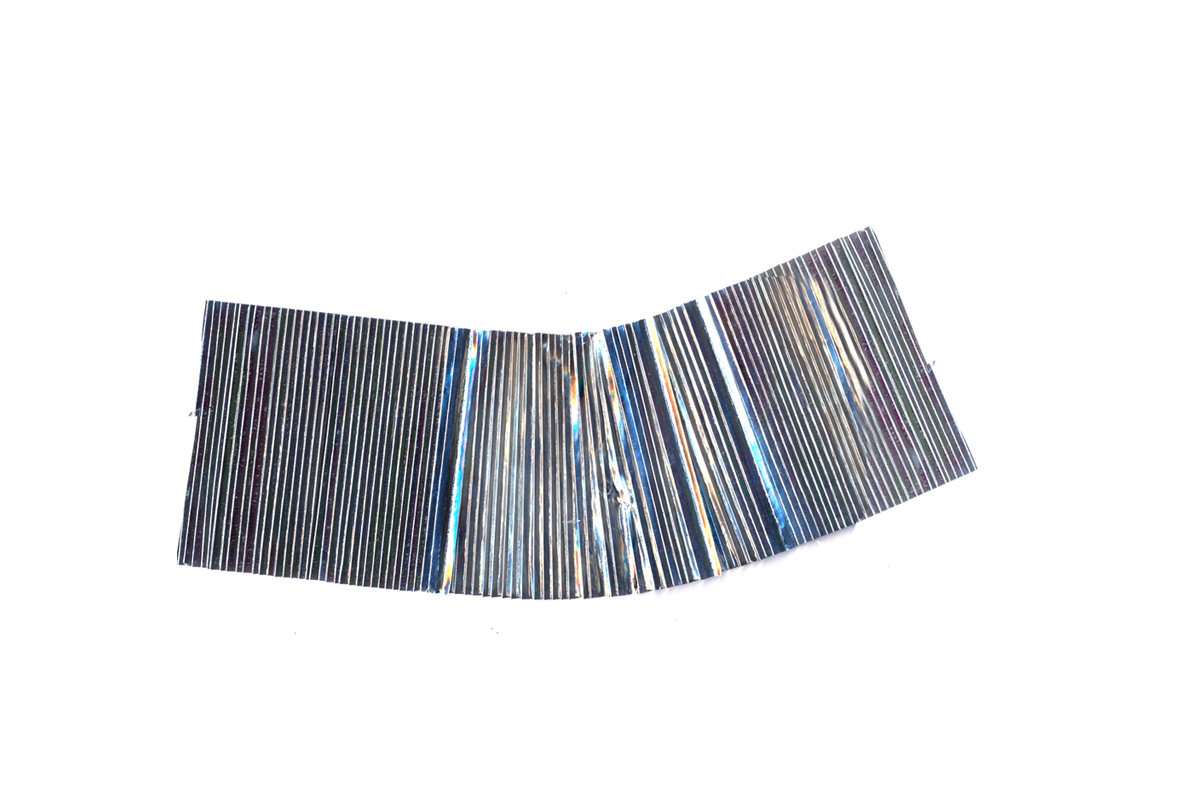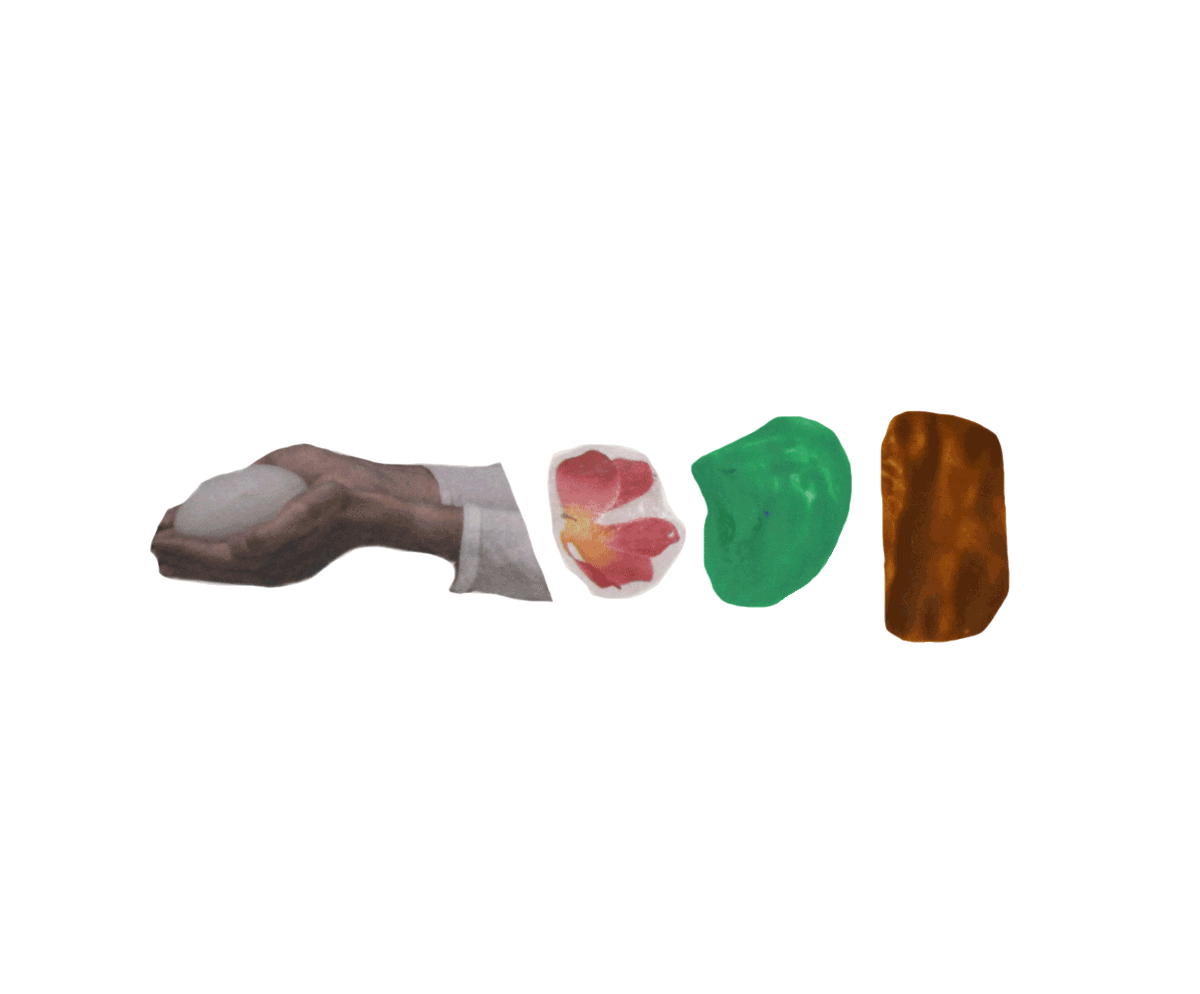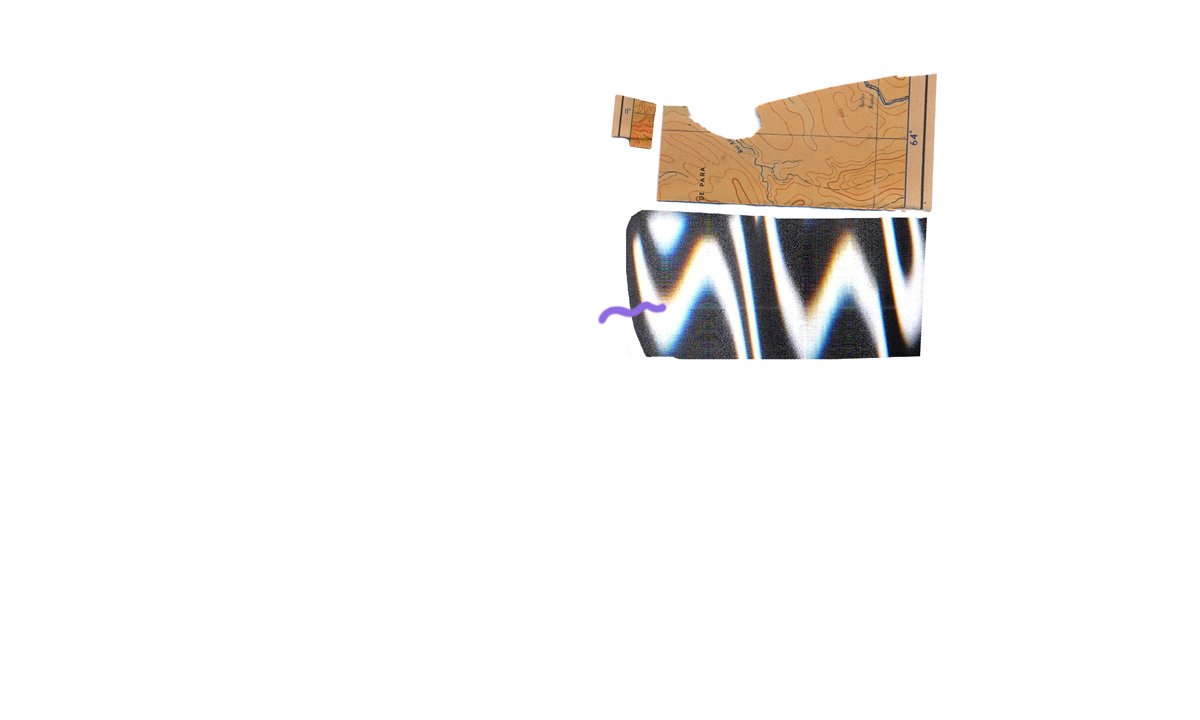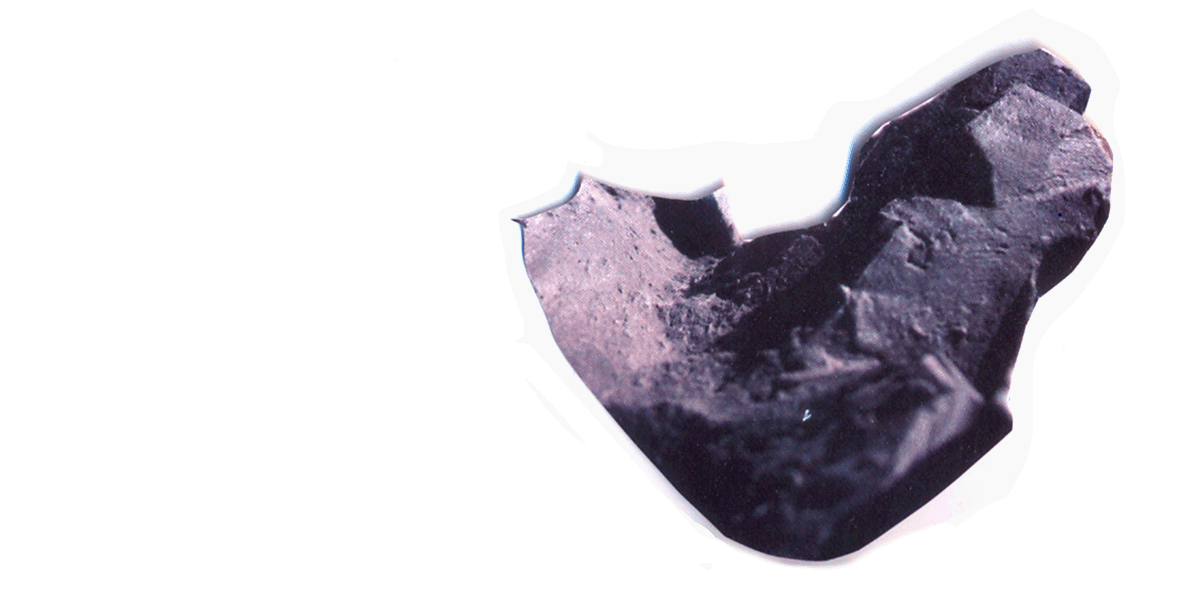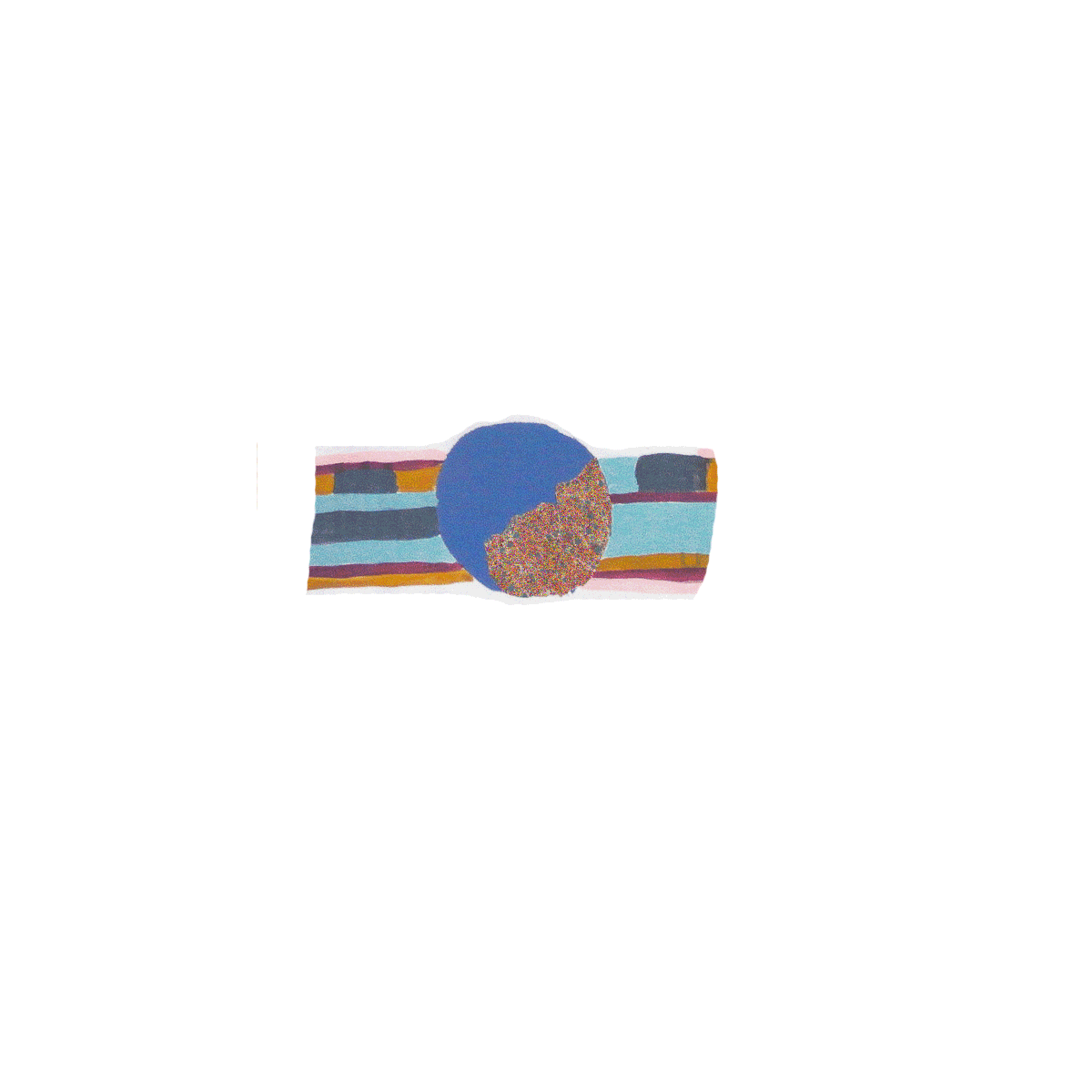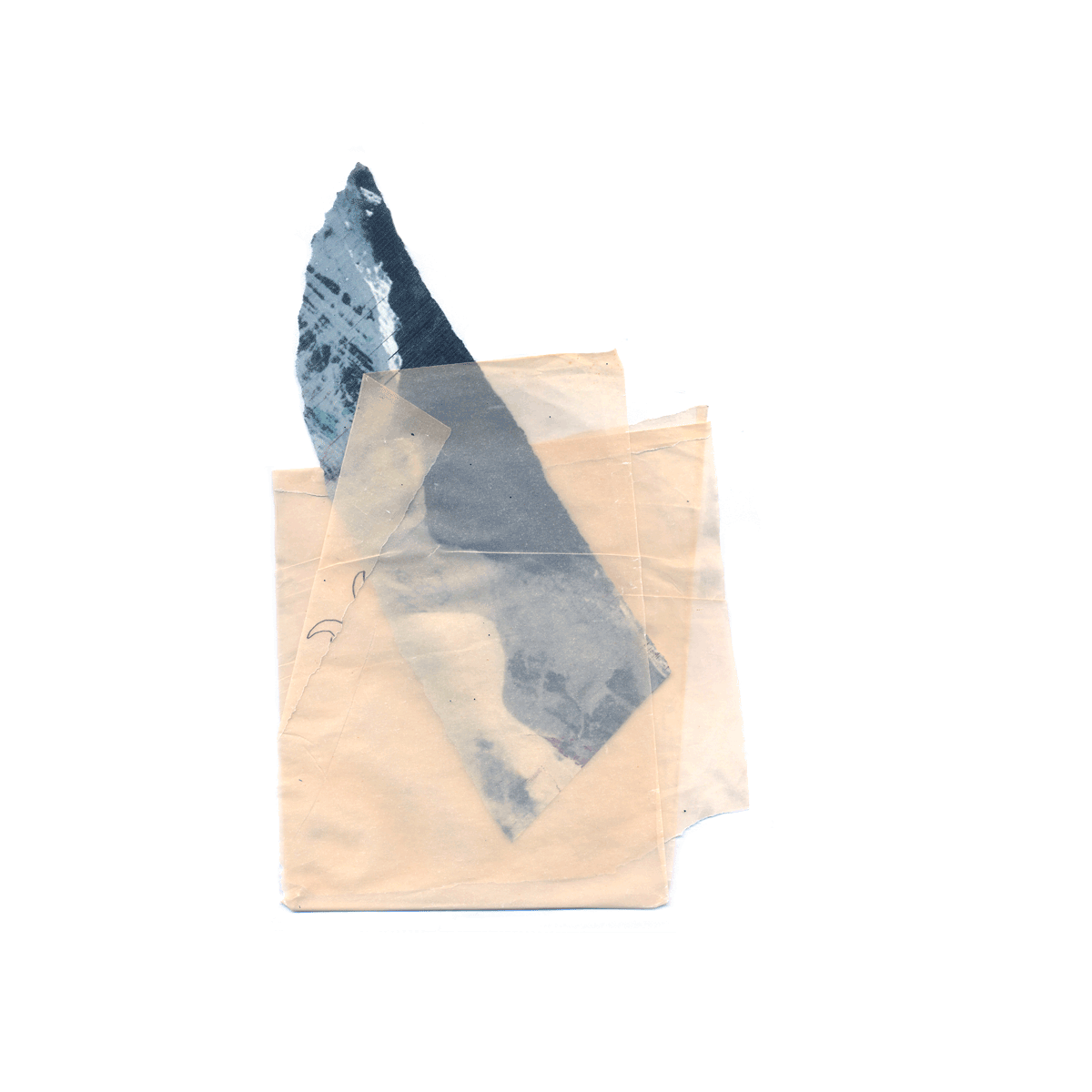
CF: Take us through your background as an artist, what were your first steps and which have been your main influences up till now?
I’ve always had a relationship with art. I come from a humanist family; my dad is a fine artist, so from a very young age it was very common to be visiting museums and get “bored” at art openings. Later on I began to study architecture, but hen I changed to graphic design, which I still practice today.
Little by little my personal projects are becoming a more critical element of my life. Influences are infinite: geometry, Sol Lewitt’s drawings, Paul Klee, William Turner’s landscapes, Ettore Sottsass’ pastel sketches, Fluxus, Louise Bourgeois, Baldessari, Carl Andre, music and film. There’s too many to name them all!
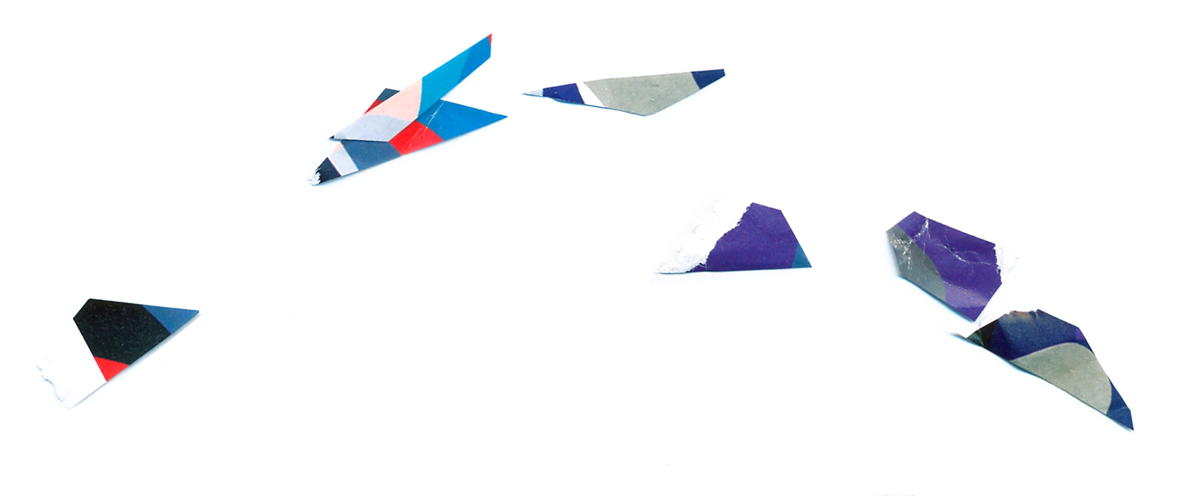
CF: What is the current state of the art scene in Venezuela? We are aware the last few years have been quite unstable for the country in general, but we’ve also noticed there’s a few artists & collectives with an interesting take on things. Is it easy being an artist in your country?
Right now it’s not easy being an artist, an economist, a baker, a communicator, or loads of other professions in our country. But stirred minds arise from crises like the one we are experiencing now.
We are currently building up from rubble and there’s interesting structures coming up. Lugar Común Bookshop, Oficina #1, and the younger Backroom Caracas to name just three clear examples of projects born out of the current crisis we have in the country. I must say I’m impressed by the ability they all have to produce cultural platforms amongst the existing sense of desolation, they are full of activities and reflection.
But like the three projects I just mentioned, there are many other leading characters.
“Right now it’s not easy being an artist, an economist, a baker, a communicator, or loads of other professions in our country”
CF: If you could choose a soundtrack for your work, what would you choose?
It’s been picked and posted 🙂
CF: What’s your favorite thing about living in Maracaibo?
My dear people (although most have already left), there’s a lot of interesting and talented people here. The weather, even though it can be horribly hot, there’s always an infinitely blue sky that you miss when you’re away. Everything is exaggerated. it’s a radical city: massive food portions, terrible signage on the streets, a heat index of 2000 centigrade, overly loud tones of voice. All these bizarre and heated contrasts highlight our biography. There’s a huge sense of humor around it all, and that fascinates me.

CF: What plans do you have for the future? Is your current project, Historial de Navegación, an ongoing one or are you already planning the next step?
Historial de Navegación is an exhibition that was born through research, which I documented daily on this website that I like to treat as a work of art in itself. I plan to continue researching and feeding the project. This September I’m moving abroad to start an MA in art. My future plans will evidently be tied to this upcoming crossing, which I’m really excited about.
